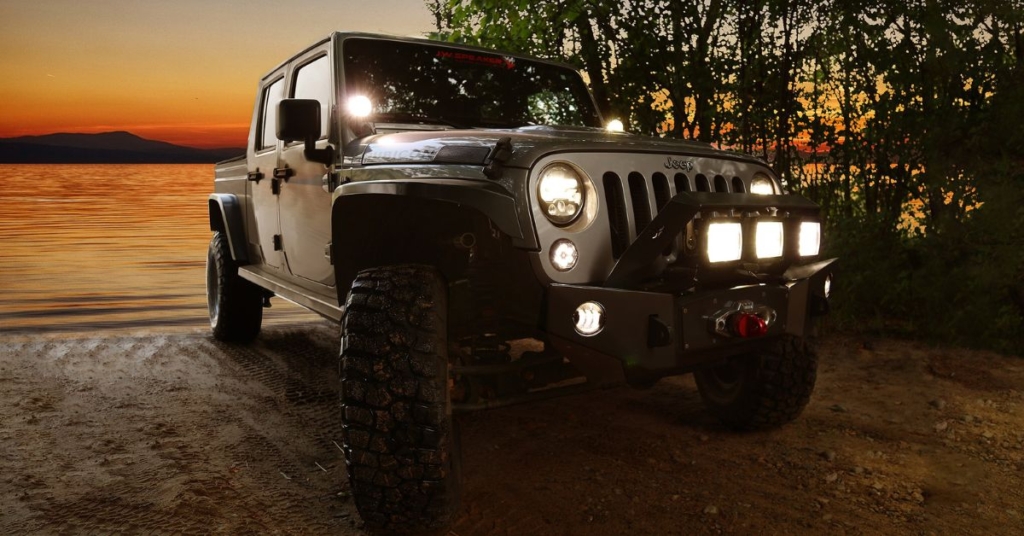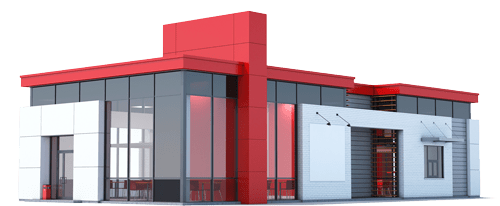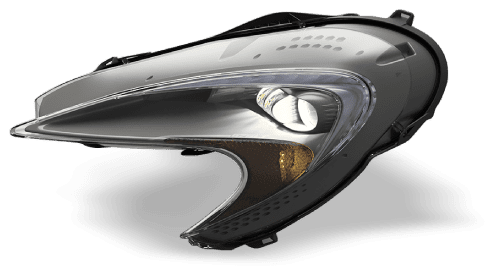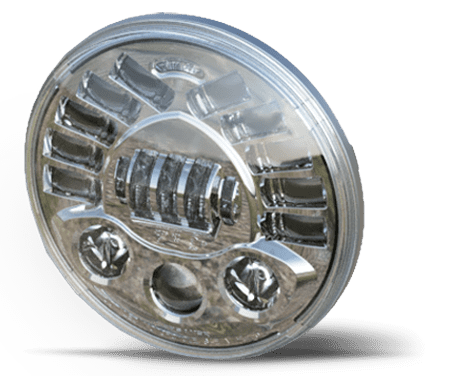
How Long Do Specialty Car Headlights Last?

Vehicular lighting has always been a critical component of automotive engineering, ensuring safety, visibility, and aesthetics. While standard headlights have always served vehicles well over the past decades, specialty car headlights continue to provide a superior lighting solution, gaining popularity among engineers, designers, and automotive supply chain professionals.
But one question remains consistent across the board—how long do these specialty car headlights last? To answer that, we need to explore the different types of specialty headlights, factors influencing their lifespan, and best practices for maintenance and replacement strategies.
What Sets Specialty Car Headlights Apart?
Specialty car headlights are distinguished by their advanced technology, optimized performance, and superior durability, making them essential in modern automotive design. Unlike traditional halogen headlights, which rely on older filament-based technology, specialty headlights employ innovative systems such as high-intensity discharge (HID) lamps, light-emitting diodes (LEDs), and laser technology.
The most striking difference is their performance. HID headlights, for example, provide greater luminosity and a wider beam, making them ideal for high-speed night driving. LEDs reduce energy consumption while offering long-term durability and eye-catching designs.
Laser headlights, the cutting edge of vehicular lighting, deliver unparalleled brightness, measured beam sharpness, and energy efficiency, making them a favorite for high-performance vehicles. These advantages position specialty headlights as a superior choice for engineers and purchasers seeking lasting performance and value.
The Key Factors Affecting Headlight Longevity
Many automotive professionals discuss the lifespan of specialty headlights in terms of hours of use, but the reality is more complex. A variety of external and internal variables influence their durability, and understanding these factors can help both engineers and fleet managers make informed decisions.
Environmental conditions play a major role. Vehicles passing through extreme weather—whether blistering heat, heavy snow, or persistent rain—subject headlights to additional strain. Road usage also matters; vehicles frequently driven on uneven or unpaved surfaces may cause vibrations that can affect headlight alignment and functionality.
Quality and installation rank among the most defining factors. Specialty car headlights installed with precision and paired with sturdy, high-grade materials are far more likely to meet or exceed their intended lifespan. Maintenance practices, or the lack thereof, can further make or break their longevity. Regular checks for physical damage, cleaning to prevent clouding, and timely replacement of damaged components are crucial for optimal performance.

Typical Lifespan of Specialty Car Headlights
When considering how long specialty car headlights will last, it’s important to know that there isn’t one universal answer. Not only will the conditions drivers use them under influence how long the lights last, but so will the type of bulb you install.
While specialty headlights boast improved durability compared to traditional options, their lifespan varies significantly depending on the type.
HID headlights generally last anywhere from 2,000 to 3,000 hours of use. Although they provide exceptional brightness, they are more sensitive to environmental conditions and may require more frequent replacements for high-mileage vehicles.
LED headlights stand out for their remarkable longevity. Most LED systems will last tens of thousands of hours, as will laser headlights. Proper design and cooling mechanisms are essential to ensure LEDs maintain optimal performance throughout their lifespan.
Laser headlights are a relatively new addition to automotive design. Their advanced technology ensures both superior light focus and durability, making them an ultra-premium solution for high-end vehicles.
These numbers provide a general guideline, but specific applications and usage patterns significantly impact real-world performance.
Key Performance Identifiers
Knowing when to replace specialty car headlights is just as important as choosing the right ones. There are many steps in the design phase that you can take to ensure a long lifespan for headlights, but some steps from the vehicle owner will have an impact, too.
One of the clearest signs is dimming or flickering light. Over time, headlights lose their original brightness, making illumination less effective. Flickering, on the other hand, typically indicates an issue with the electrical system or internal components of the bulb.
Physical damage like cracks, scratches, or discoloration also compromises headlight efficiency. Beyond aesthetics, damaged headlights may project uneven beams, leading to poor visibility and decreased safety. Catching these issues while manufacturing vehicles is critical. Supplying drivers with reliable headlights means that they can keep those bulbs bright for many hours.

Extending the Lifespan of Specialty Car Headlights
While specialty car headlights are typically designed with durability in mind, adopting proactive measures can further extend their performance and save costs for vehicle managers and engineers.
When selecting your headlights, prioritize quality over short-term savings. Investing in reputable brands and working with certified installation professionals ensures compatibility with the vehicle’s electrical system and a seamless fit.
The more options that reputable vendors have available, the easier it is for you to find lights you can rely on. For example, the OEM headlights at J.W. Speaker feature a wide range of models so that you can always find the perfect fit for your vehicle.
Adding protective layers such as UV-protective films can guard against environmental damage in highly exposed areas. These preventative measures are simple yet highly effective in preserving the structural integrity of specialty lighting systems.
Balancing Costs With Performance and Upgrades
For engineers, budget-conscious decision-makers, and supply chain managers, understanding the cost-to-performance ratio of specialty car headlights is vital. While HID lighting systems are moderately priced, they may require more frequent replacements compared to LEDs and laser systems.
LED headlights typically deliver exceptional value over their lifetime due to energy efficiency and infrequent replacements. Choosing LEDs can be particularly advantageous for large fleets or industrial vehicles where cost-efficiency is a priority, particularly for those who want cost-efficiency without sacrificing overall performance.
Specialty car headlights are far more than just a safety feature. By combining advanced technologies with innovative designs, they offer practical benefits that redefine vehicular performance and aesthetics. However, their true value depends on proper usage, maintenance, and timely updates.
Making Smart Lighting Decisions for the Road Ahead
Engineers and vehicle design specialists need to weigh the lifespan, performance, and maintenance schedules of different headlight types in their decision-making processes. Meanwhile, managers in supply chain and purchasing roles must ensure the adoption of high-quality products and services to continuously support their teams.
By focusing on long-term sustainability and efficiency, automotive professionals can ensure specialty lighting systems not only meet but exceed their functional and financial expectations. Further, consulting experts for routine maintenance or an updated lighting strategy might just be the smartest move you make. Make the investment in quality lighting a priority—when it comes to visibility and safety, there’s no room for compromise.


